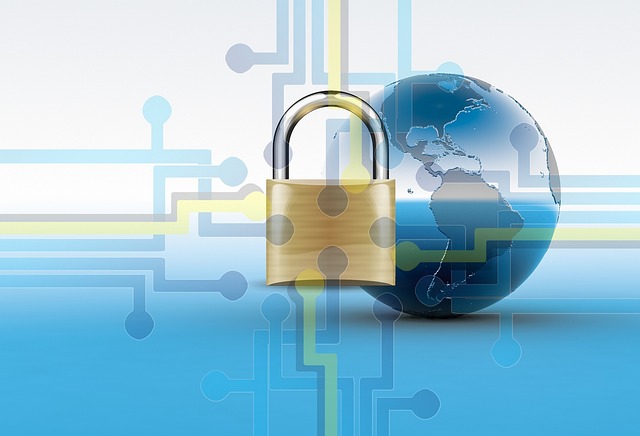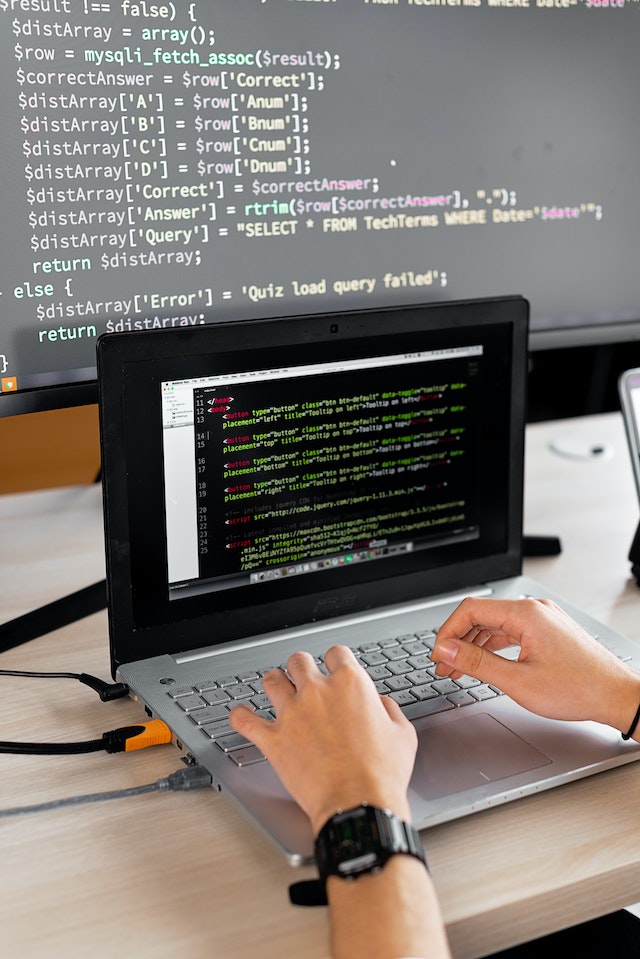Cloud computing has become an essential part of modern-day business operations. With the increasing reliance on cloud services, cybercriminals are finding new ways to exploit vulnerabilities in the cloud environment, including malware injection attacks. Malware injection attacks are designed to inject malicious code into a cloud application and are a significant threat to organizations. In this article, we’ll discuss how to protect against cloud malware injection attacks.
- Implement Strong Access Controls
One of the most effective ways to protect against cloud malware injection attacks is to implement strong access controls. This includes using multi-factor authentication and ensuring that users have the minimum access required to perform their tasks. Additionally, organizations should regularly monitor their access logs to detect any unauthorized access attempts.
- Conduct Regular Security Audits
Regular security audits are essential to detect any vulnerabilities in the cloud environment. Organizations should conduct periodic security audits of their cloud infrastructure to identify potential threats and vulnerabilities. The audit should include reviewing the access control policies, data encryption practices, and vulnerability management processes.
- Encrypt Sensitive Data
Encrypting sensitive data is a critical step in protecting against cloud malware injection attacks. Cloud providers often offer data encryption services, but it’s up to the organization to ensure that sensitive data is encrypted at rest and in transit. Organizations should also ensure that encryption keys are managed securely and not accessible to unauthorized individuals.
- Implement Malware Detection and Prevention Systems
Organizations should implement malware detection and prevention systems to detect and prevent malware injection attacks. Malware detection systems use various techniques, such as signature-based detection and behavior-based detection, to identify and stop malware attacks.
- Educate Employees on Cybersecurity Best Practices
Human error is one of the most common causes of cybersecurity incidents. Therefore, it’s crucial to educate employees on cybersecurity best practices. This includes providing training on how to identify phishing attacks, use strong passwords, and avoid downloading and installing unauthorized software.
Conclusion
Protecting against cloud malware injection attacks is a critical aspect of any organization’s cybersecurity strategy. Implementing strong access controls, conducting regular security audits, encrypting sensitive data, implementing malware detection and prevention systems, and educating employees on cybersecurity best practices are all essential steps in protecting against these attacks. By implementing these measures, organizations can minimize the risk of a cloud malware injection attack and safeguard their sensitive data.



